5 Steps to Get Suppliers On Board With Sustainability

It has become clear that the role of supply chains on companies’ environmental impact is often very high. Up to a point, where 90% of your total environmental footprint can occur in said supply chains. This impact percentage from your supply chain might seem impressive – but it also opens up many opportunities for substantial […]
Science-Based Targets: What They Are, Why They Work & How To Get Going
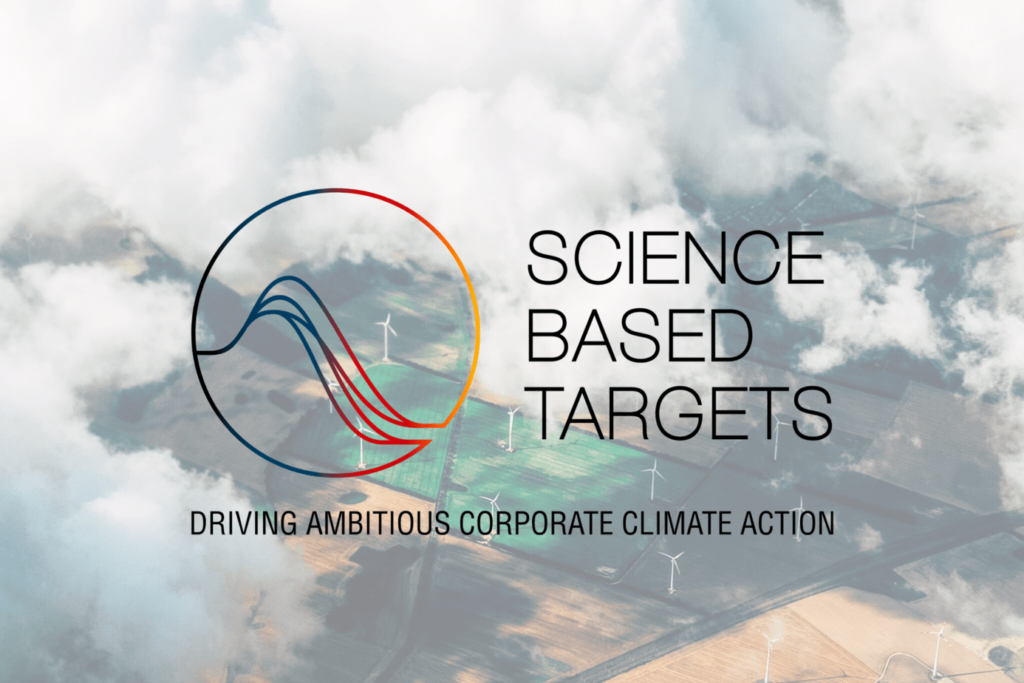
Increasing numbers of organizations are embracing reporting and reducing their greenhouse gas emissions (GHG). With that incentive in mind, they often aim to set certain (short-term) goals to achieve. But what kind of goals should you really set? How can you make sure your targets truly matter in the long run? You make them science-based. […]
The revised EPD standard ‘EN15804 +A2’: What’s going to change?

What’s the EN15804? To understand this revised standard of the EN15804, it’s useful to first know what this norm initially entails. The EN15804 standard initiated by the EU in 2012, defines how- especially construction- companies should go about creating their Environmental Product Declarations (EPDs). The standard is important as it makes sure that the EPDs […]
Webinar Recap: Towards Carbon Neutrality – Effectively Measuring Scope 1, 2 & 3 Emissions
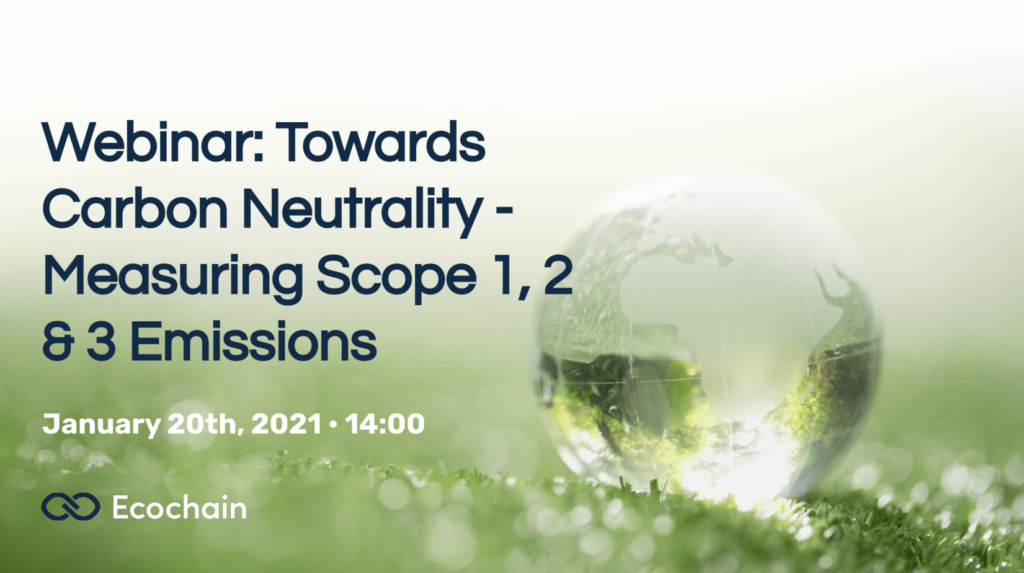
This blog will include the 5 highlights of the webinar: Towards Carbon Neutrality – Measuring Scope 1, 2 & 3 Emissions. The 5 highlights: 1. Why is reporting on your GHG emissions so important? Carbon Neutrality is a relatively new term but is becoming an increasingly important one in every sector. Not only is environmental […]
GHG Protocol Reporting Guide: all you need to know about Greenhouse Gas Protocol (GHG)
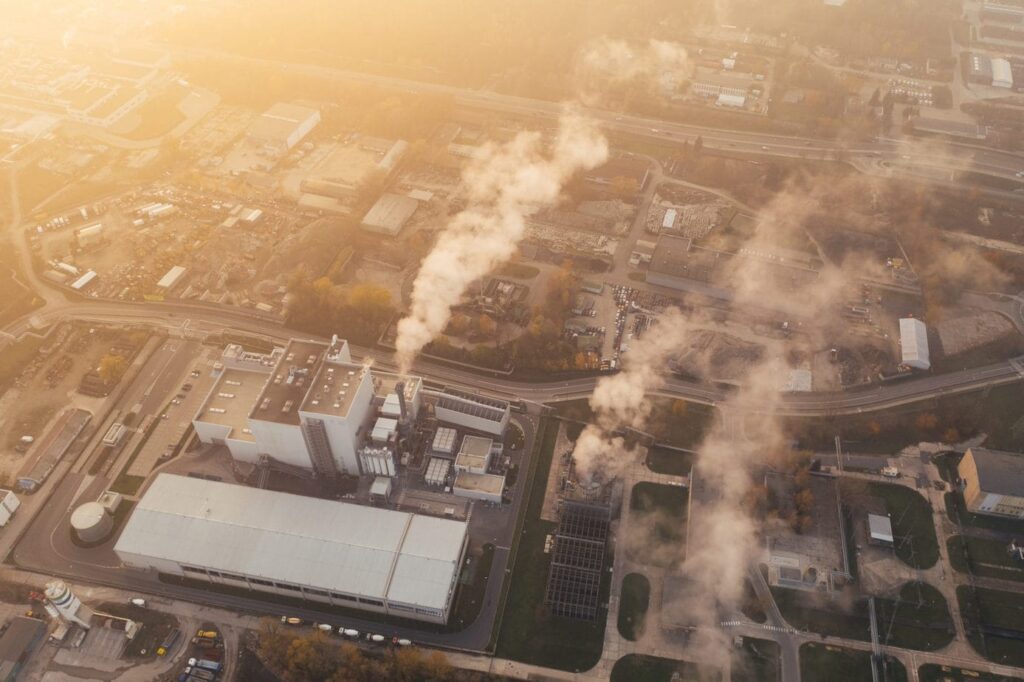
A good understanding of Greenhouse Gas (GHG) impacts is crucial to our collective climate journey. And that’s because it enables companies to thoroughly understand their climate hotspots- as well as to spark the proper responsive actions. It’s no surprise that measuring, reporting, and managing Greenhouse Gas (GHG) emissions (scope 1, 2, and 3) is increasingly […]
Treating CO₂ as waste: How Two Drifters Distillery Became Carbon-Negative
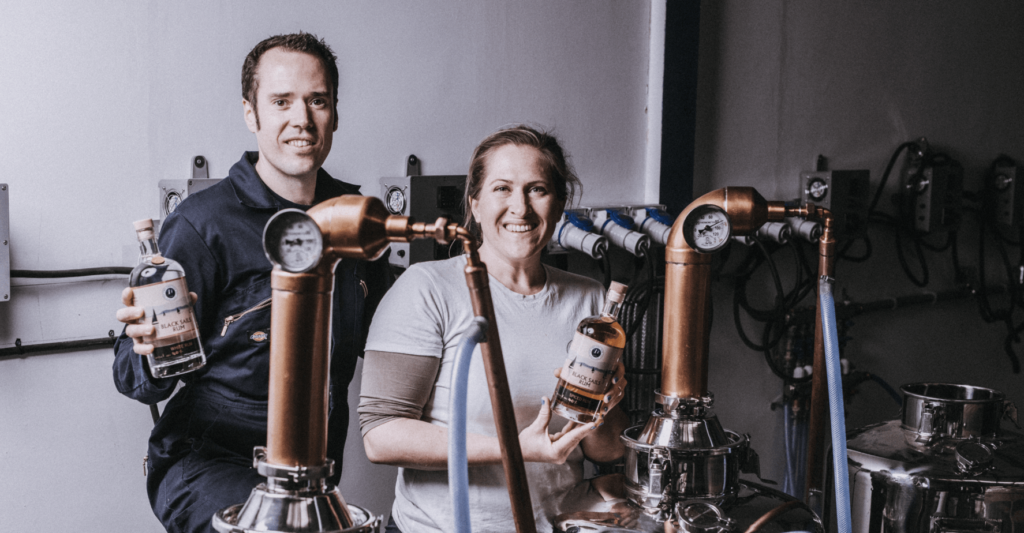
Meet Two Drifters. Two Drifters is one of the most ambitious projects in the spirits industry. We love it. Because when Two Drifters found out that rum could be a viable business for them- they not only deep-dived into the impact of their operations. They designed them to be carbon negative from the ground up. Putting […]
The Hidden Water Footprints In Your Supply Chain

Water is important Undeniable truth right? And the funny thing is, that although 70.9% of our world is covered in water, only 0.03% of this water is actually suitable for our consumption. “However, this 0.03% of water is crucial for us humans. It is not only the most important means for us to survive but […]
11 Industries Compared: The Source of Our Clients’ Environmental Impact
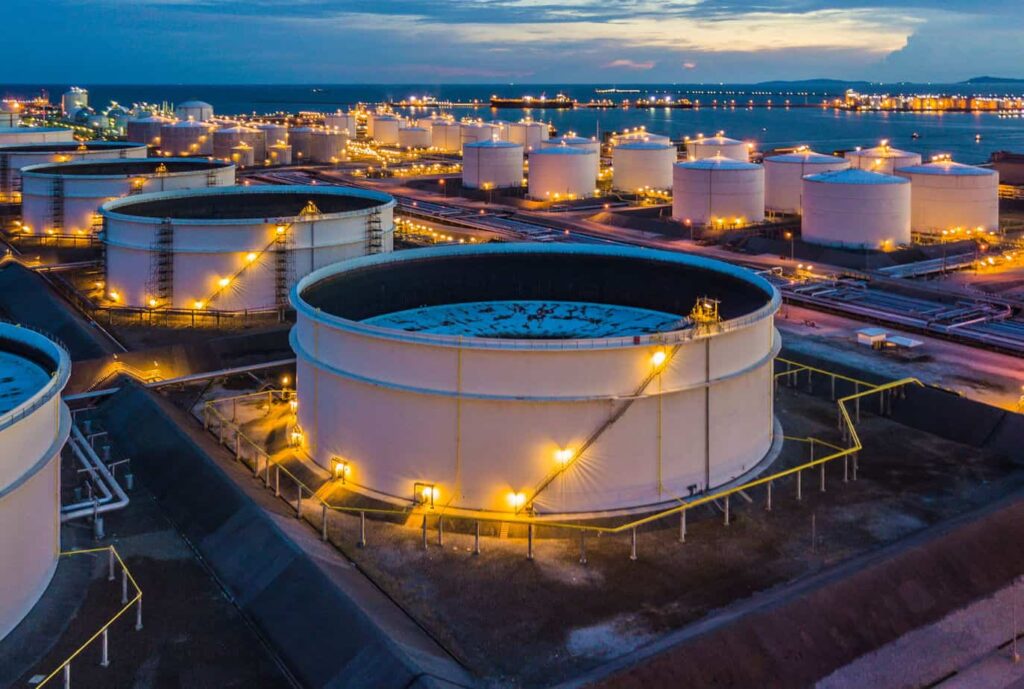
There are two ways to get fit: Dieting and working out. But it’s impossible to say what should have the biggest priority for you – it depends on how fit you already are, what you eat and drink, and how much you already exercise. The same principle holds true for environmental emissions. Every industry has […]
Sustainability Maturity Model Explained: How Far Do You Go for the Planet?
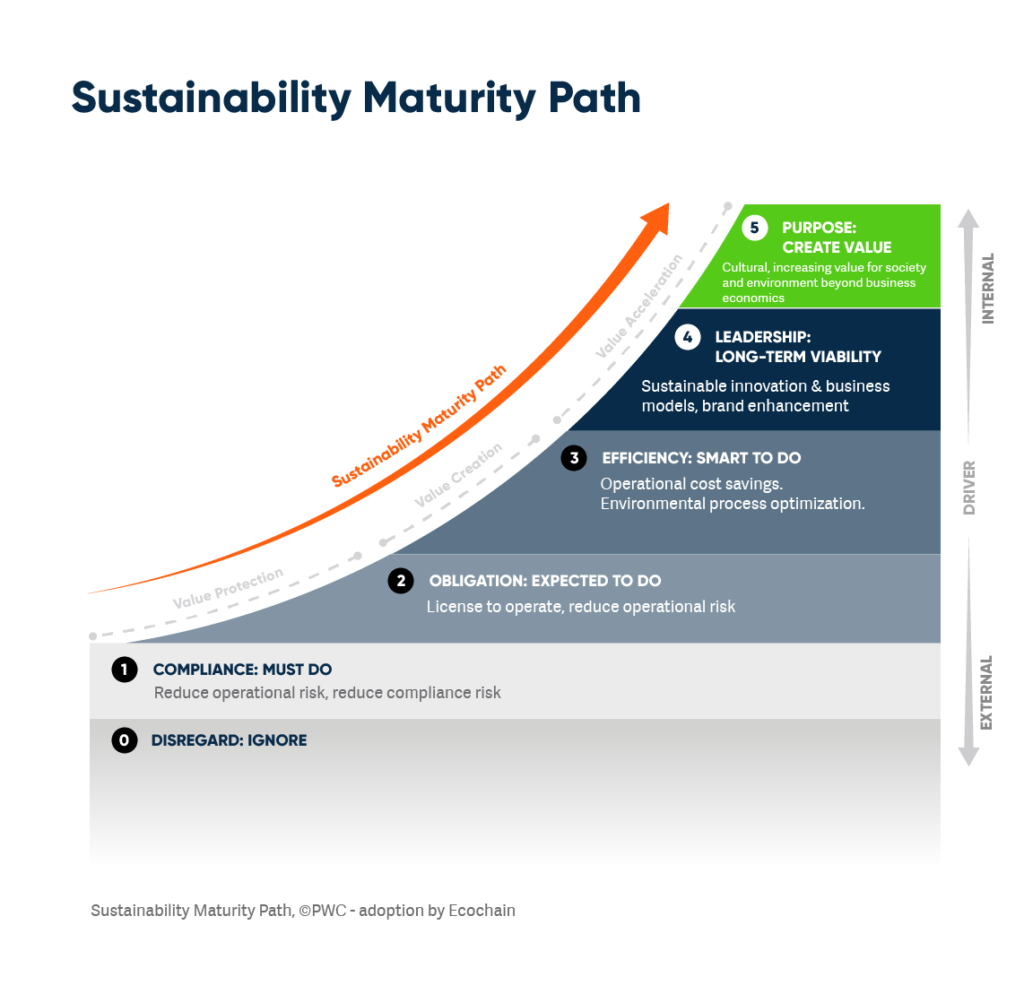
There’s no silver bullet for a sustainable business. Becoming a sustainable, or more sustainable, business, is a process. Becoming more sustainable: The Sustainability Flywheel We define the process of becoming more sustainable through the Sustainability Flywheel: In order to improve your performance, you need to analyze your baseline emissions. This will help you understand the […]
How fashion brand Studio Anneloes turned “A Box of Data” into a winning sustainability story

The average fashion brand drops 4-6 new collections every year. It’s convenient: The large scale allows for higher margins and lower production costs. But the seasonal drops come with a high price: It’s impossible to accurately plan how well a collection sells. The result: A battle for rebates, constant sales, and massive overproduction. Some fashion […]